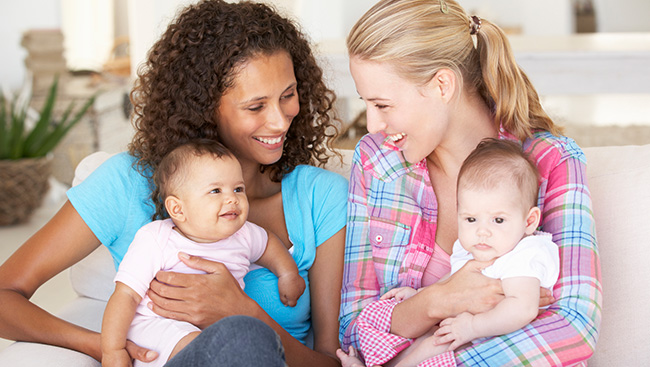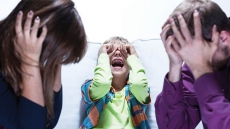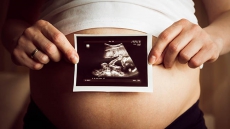After giving birth, it is beneficial for women to get out of the house, be active, and be around other mothers.
Congratulations! You’ve given birth to a beautiful baby, the newest addition to your family. The first few months will be busy, especially for new mothers, who are adjusting to a new way of life and a fluctuating schedule. Remember to breathe, but more importantly, once you get back to a regular schedule, turn the focus on yourself.
It’s now time to take care of you, and get back into the swing of things.
“It is so important to get out and become part of the community again. Having a baby can be a pretty isolating and monotonous experience – moms do the same tasks over and over again with very little sleep,” says Leah Esplen, a registered kinesiologist, fitness instructor and certified pre- and post-natal instructor.
Esplen goes on to say, “Exposure to the outside world can be stimulating for mom and baby, and this can actually result in more restful sleeps for both of them – improving their overall health and wellness.”
After giving birth, it is beneficial for women to get out of the house, be active, and be
around other mothers. There are a range of options for fun, interactive “mom and baby classes” that not only provide an active, fitness component, but also interaction between mother and child strengthening their bond. Moreover, “mom and baby classes also offer an opportunity for mothers to make new friends and develop a community of people who are going through a similar experience,” adds Esplen.
From yoga and pilates to aquafit, there are diverse classes designed for women – pre-natal and post-natal. Esplen created MommyMoves Fitness & Education, which focuses on “fitness and fun for moms and babies.” Over the years, MommyMoves’ aquafit classes have become the most popular, in which mother and child exercise and interact in the water, and the classes are offered at public pools throughout the Lower Mainland.
The aquafit class is taught in chest-deep water with the mother holding their baby, so the water is at the baby’s chest level. When a baby is held at that depth it will feel like he only weighs about half of what he weighs on land, explains Esplen. In an aquatic environment, “there are lots of opportunities for bonding to occur from the skin-to-skin contact, blowing
bubbles together and being able to look into each other’s eyes at the same height,” says Esplen.
This MommyMoves class has the same format as a regular fitness class, in that instructors gradually increase intensity to a certain point and then slowly decrease the intensity so the heart rate returns to normal. “We also focus on the areas of the body where new moms
need the most help: core stability to prevent back pain; the mid-back to prevent pain between the shoulder blades; top of the shoulders and into the neck; and the pelvic floor to help strengthen the core and prevent urinary incontinence. At the end, we do a full body stretch including ones for the front of the shoulder and hip. The last few minutes of class are filled with water safety activities to help reduce the risk of infant and toddler drowning,” says Esplen.
Fit 4 Two is another organization, with multiple locations, that focuses on pre- and post-natal fitness and offers baby-free classes like bootcamp, and mom and baby classes like barre, stroller fitness and yoga. Barre focuses on “strength, posture, core and flexibility” and the class is inspired by a blend of ballet barre, strength training, pilates, and yoga. Stroller fitness is a “baby-friendly, full body workout with intervals of cardio drills, strength training, and short power walks followed by post-natal specific core work and flexibility.” Yoga class is about strengthening, stretching, breathing and relaxing while “focusing on asanas (postures) specifically tailored to the needs of a new mother.”

Pilates is another important exercise for women, during the pregnancy and afterwards, that enhances circulation and flexibility and increases energy, strength and fitness, and muscle control. There are a few pilates studios in Vancouver, such as Line5 Studios and Form Body Lab, that offer pre-natal and post-natal classes. According to Form Body Lab, “post-natal pilates can help new mothers strengthen and recover from the incredible stresses that pregnancy and giving birth can have on the body. Having a child is a miraculous event, but this process is hard on your pelvic floor and
it will require rehabilitation.”
After giving birth, find the right class or program for yourself and get out there with your baby. Not only will you meet new people, but you are taking care of yourself, both mentally and physically, after the baby is born. In regards to mom and baby classes, Esplen sums it up best, saying “the focus is on fun and staying active, while developing a community of women going through a similar experience.”










